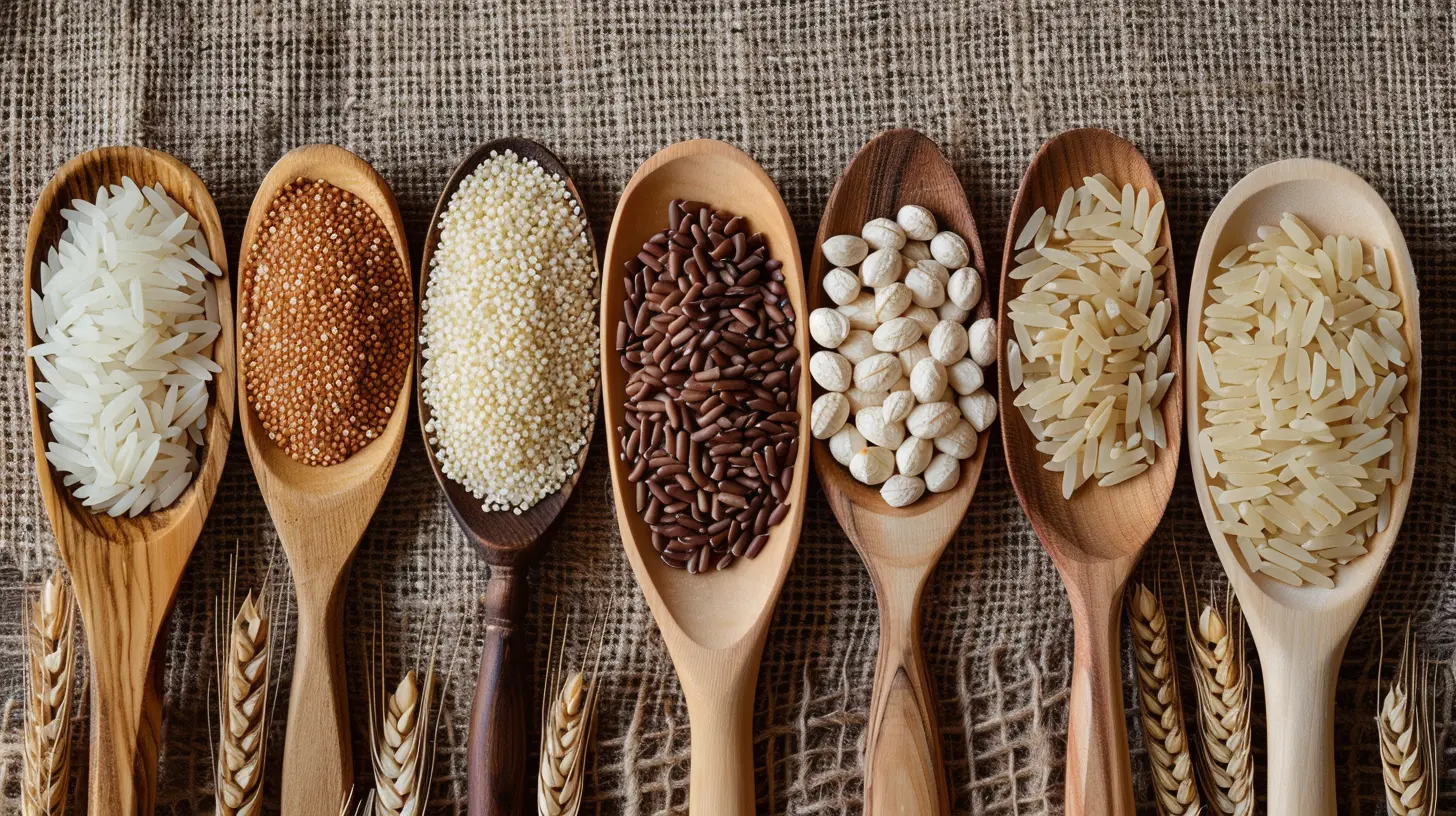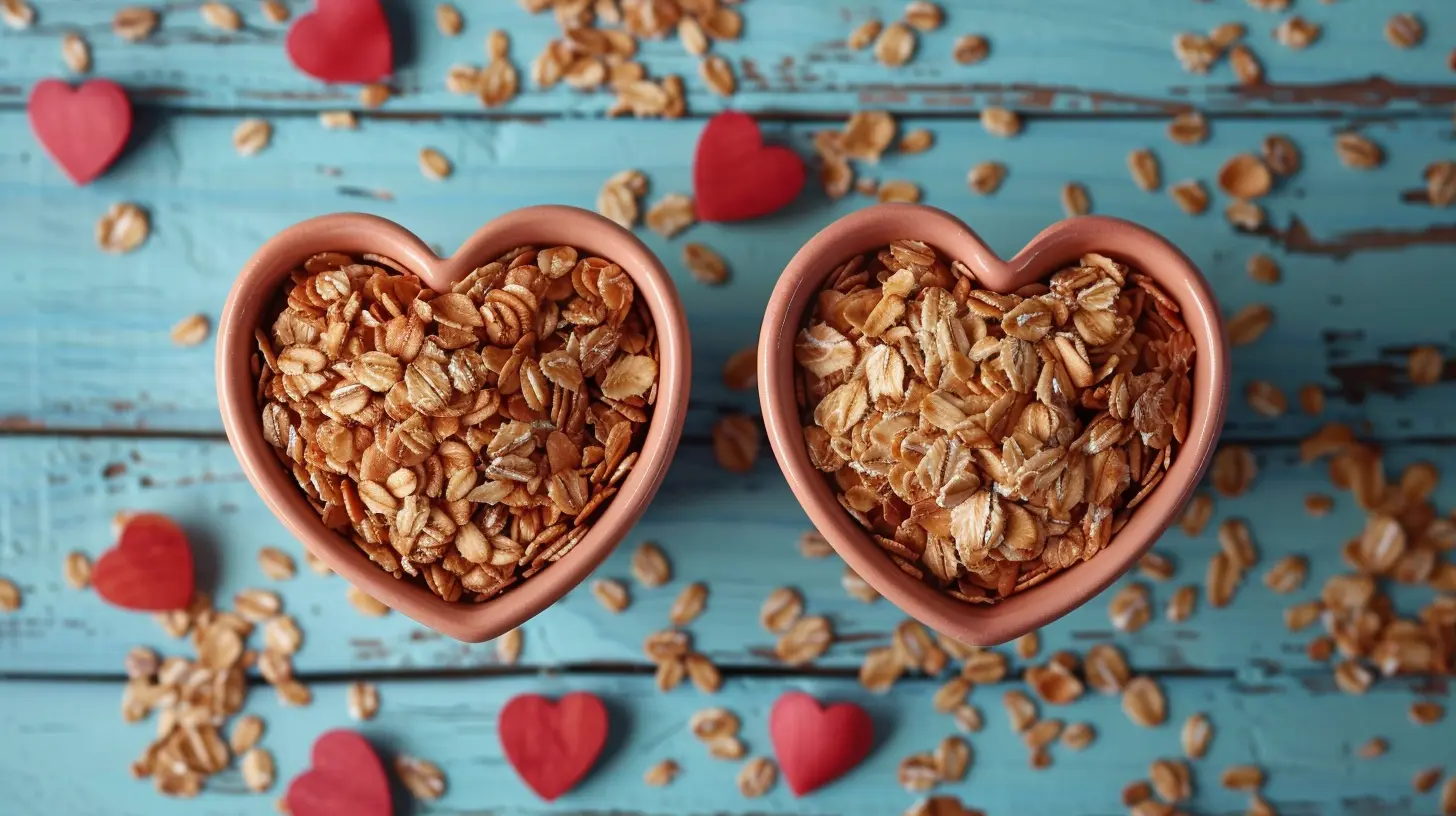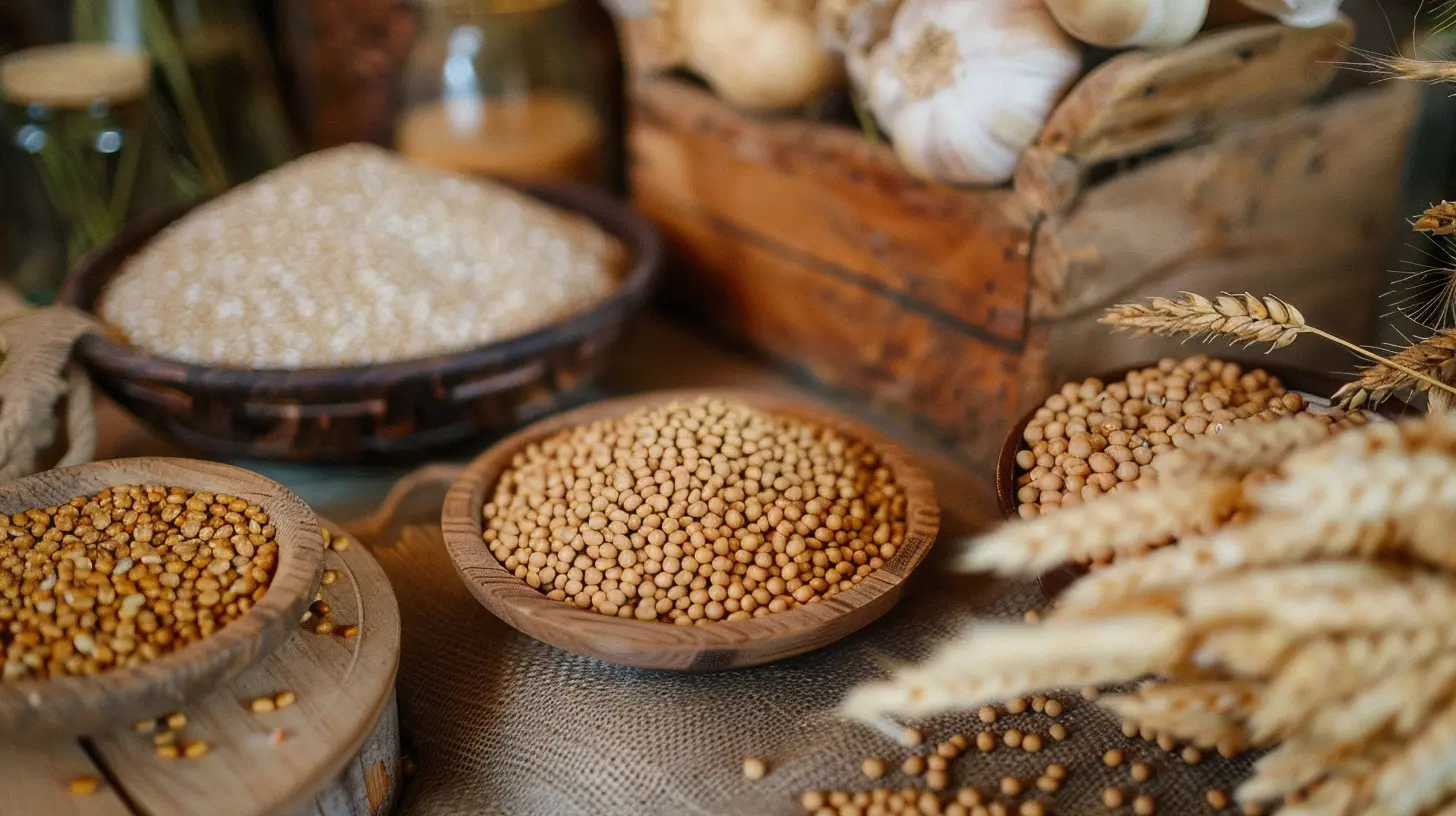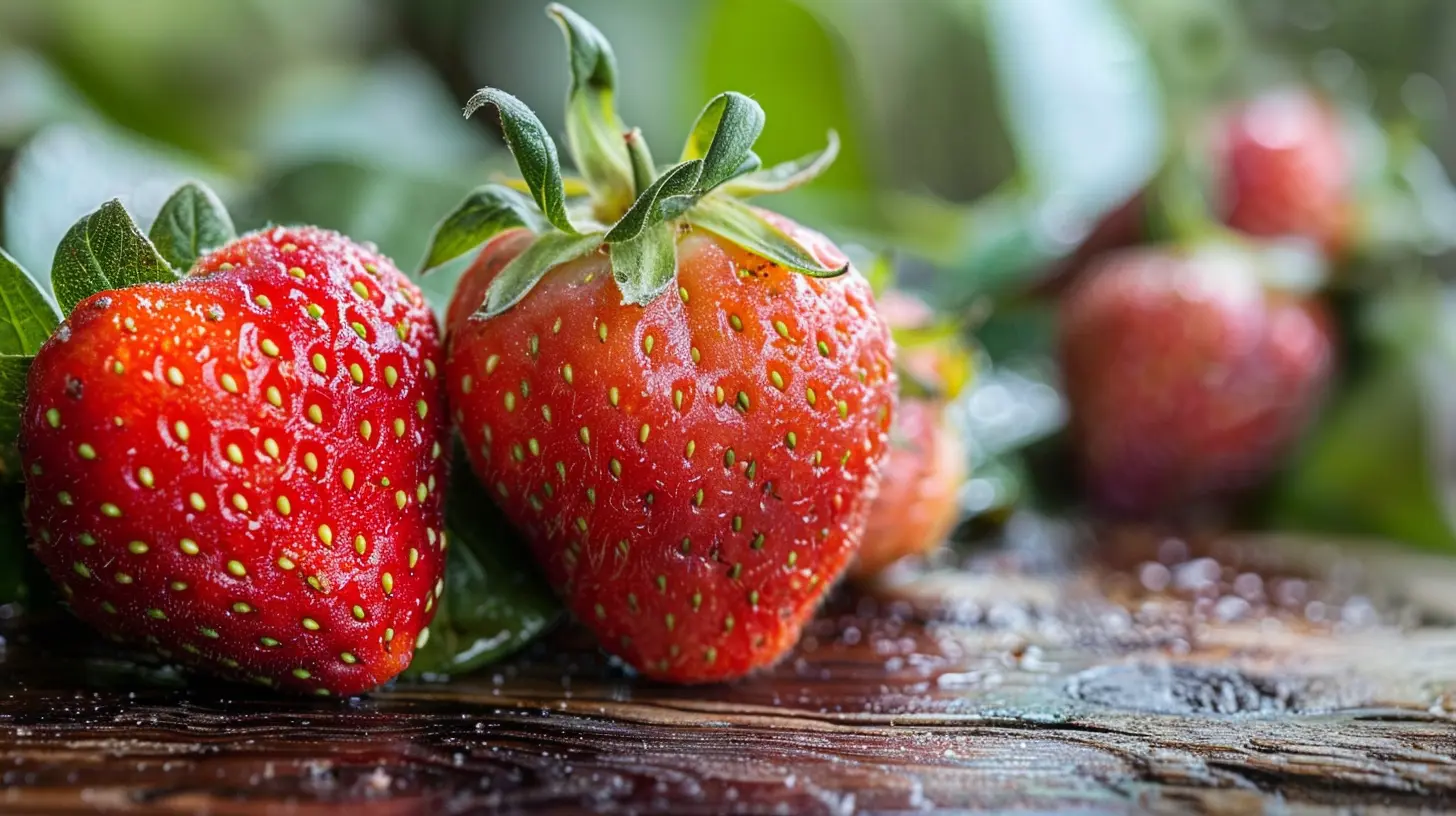The Relationship Between Fiber and Cholesterol Levels
17 August 2025
Let’s be honest — cholesterol isn’t exactly the topic that makes people’s hearts beat faster... unless the doc says yours might be too high! If you’ve ever had a blood test come back with a little asterisk next to your LDL or total cholesterol level, you might’ve heard the word “fiber” thrown into the conversation.
But here’s the thing: fiber isn’t just for keeping your digestion smooth and regular — it’s one of your heart’s best friends too. Yep, there’s a powerful relationship between fiber and cholesterol levels, and once you understand what’s going on behind the scenes, you’ll probably start looking at oatmeal and apples with a little more respect.
So, grab a comfy seat, maybe a crunchy carrot stick, and let’s dive into how fiber really impacts your cholesterol (and your health overall).
What Is Fiber, Anyway?
Before we dive deep into the cholesterol pool, let’s quickly define fiber — because not all fibers are created equal.Dietary fiber is a type of carbohydrate that your body can’t digest. While most carbs get broken down into sugar, fiber just keeps moving through your digestive system, working its magic along the way.
There are two main types:
- Soluble fiber: Dissolves in water, forming a gel-like substance in your gut. This is the cholesterol-lowering MVP.
- Insoluble fiber: Doesn’t dissolve — think of it more like the broomstick that sweeps your intestines clean and keeps things moving.
Both are important, but when we’re talking cholesterol, soluble fiber is the star of the show.
The Cholesterol Breakdown: Good Guy vs. Bad Guy
So, what’s going on with cholesterol?Your body actually needs some cholesterol. It helps build cells, produce hormones, and more. The problem is when it builds up in your arteries, forming plaque, which can lead to heart disease or stroke. That’s when it becomes a not-so-friendly visitor.
There are two main types:
- LDL (Low-Density Lipoprotein): Often called "bad" cholesterol. High levels can lead to plaque buildup.
- HDL (High-Density Lipoprotein): The "good" kind. It helps remove LDL from your bloodstream.
We want to keep LDL low and HDL high — and that’s where fiber steps in like a superhero in a cape.
How Fiber Helps Lower Cholesterol: The Science Made Simple
Let’s get real for a second. When you eat food that contains fat, your liver produces bile acids to help digest it. These bile acids are made from — you guessed it — cholesterol.Now here’s the genius part: soluble fiber binds to these bile acids in your gut, and together, they get flushed out of your body along with... well, you know.
Since the bile acids get removed, your liver has to pull cholesterol from your bloodstream to make more. This lowers the overall level of circulating LDL in your blood. Pretty clever, huh?
The result? Lower bad cholesterol and better heart health.
Real Life, Real Fiber: Where to Find It
You don’t need superfoods from distant lands to get more fiber. Chances are, you’ve got some cholesterol-lowering powerhouses sitting in your kitchen already.Here are some fiber-rich champs to consider:
High in Soluble Fiber
- Oats 🍚 – A breakfast classic, thanks to a type of soluble fiber called beta-glucan.- Beans and lentils 🌱 – Affordable, versatile, and crazy good for your heart.
- Apples 🍎 – An apple a day might actually keep the cardiologist away.
- Citrus fruits 🍊 – Oranges and grapefruits have pectin, a type of soluble fiber.
- Barley 🌾 – Swap out rice for this fiber-rich grain occasionally.
- Psyllium husk – Found in some fiber supplements and cereals.
High in Insoluble Fiber (Still Important!)
- Whole wheat bread and brown rice- Carrots, cucumbers, and zucchini
- Nuts and seeds
- Potatoes with the skin on
Eating a variety of both fiber types is the key to keeping things balanced.
How Much Fiber Do You Really Need?
Most folks are falling short — like way short — when it comes to daily fiber intake.According to the American Heart Association:
- Women should aim for about 25 grams of fiber per day.
- Men should shoot for around 38 grams.
But the average person barely gets 15 grams a day! No wonder our cholesterol is out of whack.
Start slow if you’re increasing your fiber — your gut needs time to adjust. Otherwise, you might be dealing with some...um...toxic air in your cubicle.
Fiber Supplements: Yay or Nay?
Fiber from food is definitely the gold standard. You’re not just getting fiber — you're also getting vitamins, minerals, and antioxidants that support overall health.But hey, life’s busy. If you’re struggling to hit those numbers through food alone, fiber supplements like psyllium husk (hello, Metamucil) can help drop LDL by as much as 10%.
Just make sure you drink plenty of water with fiber supplements, or things could get backed up fast.
The Long-Term Benefits of High-Fiber Diets
Lowering your cholesterol is just the tip of the iceberg. A high-fiber diet can offer a whole smorgasbord of health benefits:- Reduced risk of heart disease
- Better blood sugar control (especially helpful for folks with diabetes)
- Healthier gut microbiome
- Weight management (fiber helps you feel full longer)
- Lower risk of certain cancers (like colon cancer)
It’s like the Swiss Army knife of nutrition.
Fiber vs. Medication: Can Diet Replace Statins?
Let’s not sugarcoat this one — if your cholesterol is sky-high, your doctor might recommend medications like statins to bring it down fast.But could fiber be a natural alternative?
Not exactly. Fiber can help, sometimes even significantly, but if your cholesterol is dangerously high or you’re at high risk of heart disease, diet alone might not cut it.
That said, adding more fiber to your day can enhance the effects of medication. Think of it as teaming up — kind of like Batman and Robin tackling cholesterol together.
And your doctor will love you for taking the initiative.
Tips to Boost Your Fiber (Without Totally Overhauling Your Diet)
Okay, so you’re in. You want to get more fiber and crush that cholesterol. But how do you actually start without flipping your whole meal plan upside down?Here are some simple hacks:
- Start your morning with oatmeal. Top it with berries and ground flaxseed.
- Swap white bread for whole-grain versions.
- Toss a handful of beans into your soup or salad.
- Snack on fruits, raw veggies, or air-popped popcorn.
- Add chia or flaxseeds to smoothies or yogurt.
- Try Meatless Mondays — plant-based meals can easily pack in the fiber.
Small changes can add up in a big way.
Common Myths About Fiber and Cholesterol
Let’s bust a few myths while we’re at it:Myth #1: All fiber lowers cholesterol.
Not quite. While soluble fiber lowers cholesterol, insoluble fiber is still crucial for digestion but doesn’t directly affect cholesterol levels.Myth #2: You can eat whatever you want if you get enough fiber.
Nice try! Fiber helps, but it’s not a free pass to binge on burgers and fries. Diet quality as a whole still matters.Myth #3: Fiber works instantly.
Nope. It can take a few weeks (or months) of consistent fiber intake to see cholesterol changes. This marathon, not a sprint.Listen to Your Body
Here’s the bottom line: your body will tell you how it feels about your new fiber-rich lifestyle. Feel fuller, more energized, and yeah — more regular? You’re probably on the right track.But go too fast, and you’ll know that too. Gas, bloating, and cramping can rear their ugly heads if you overload on fiber too quickly.
The key? Balance and patience.
Wrap-Up: The Heart Wants What the Gut Needs
So, what’s the real deal on the relationship between fiber and cholesterol levels?They’re deeply linked — like two sides of a coin. By adding more soluble fiber to your meals, you’re not just helping your gut; you’re giving your heart a little hug too.
Remember, fiber is like your body's natural detox system. It helps sweep out the bad stuff, balance the good, and keep your internal pipes flowing smoothly.
And hey — eating more fiber doesn’t mean boring salads and cardboard cereal. It means hearty stews, homemade smoothies, fresh fruits, and delicious whole grains. That’s food your body — and taste buds — can actually get excited about.
So go ahead, embrace the fiber. Your heart will thank you.
all images in this post were generated using AI tools
Category:
Fiber Rich DietAuthor:

Holly Ellison
Discussion
rate this article
1 comments
Soleil McKeever
This article effectively highlights the critical role fiber plays in lowering cholesterol levels. By discussing soluble fiber's mechanisms and the impact on heart health, it provides a concise understanding for readers seeking dietary improvements.
September 12, 2025 at 4:57 AM

Holly Ellison
Thank you for your feedback! I'm glad you found the article informative and helpful in understanding the importance of fiber for heart health.


